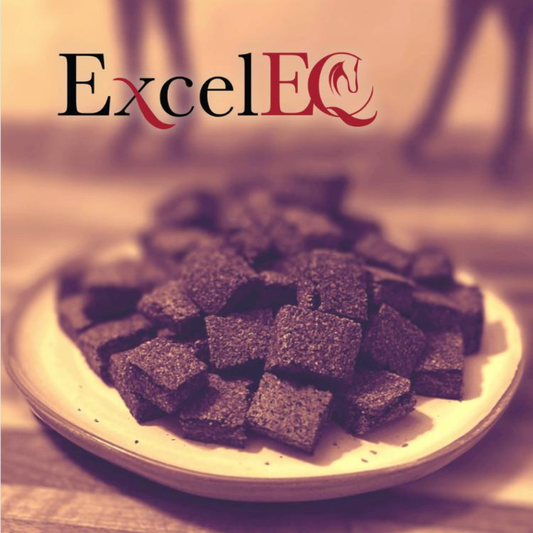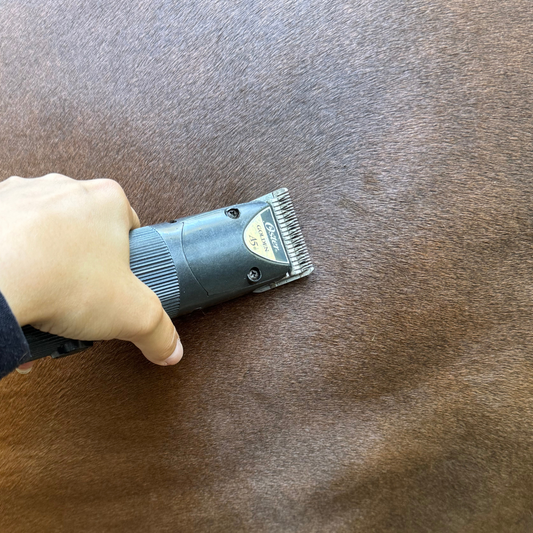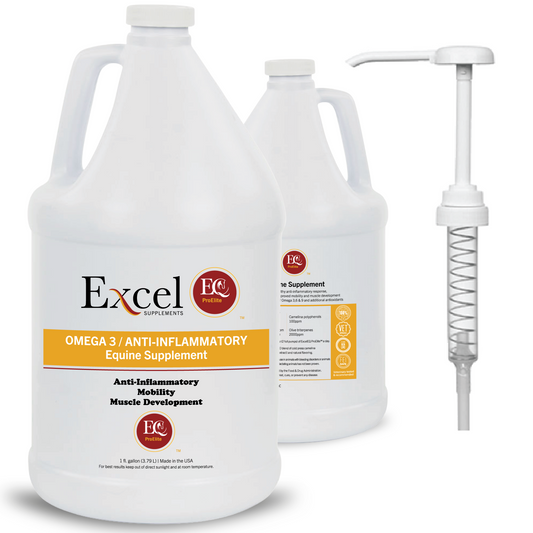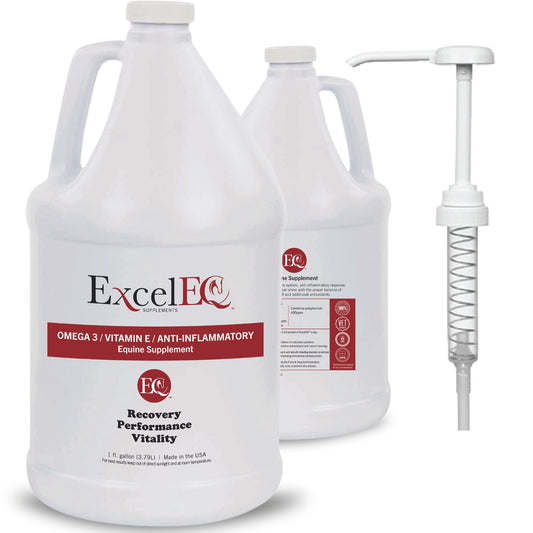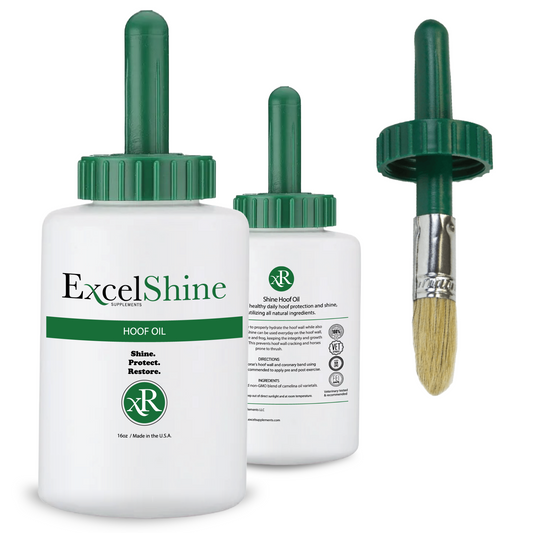Omega-3 for Horses: Understanding ALA vs. DHA vs. EPA
Share
When it comes to enhancing your horse’s health, omega-3 fatty acids are essential. But do you know the differences between ALA, DHA, and EPA? Let’s dive into what each of these fatty acids offers and how they contribute to your horse’s well-being.
What Are ALA, DHA, and EPA?
Omega-3 fatty acids are vital for a horse's health, and each type plays a distinct role:
- ALA (Alpha-Linolenic Acid): ALA is a short-chain omega-3 fatty acid found primarily in plant sources. Horses cannot synthesize ALA on their own, making it an essential dietary component. It’s crucial for the production of DHA and EPA.
- DHA (Docosahexaenoic Acid): DHA is a long-chain omega-3 fatty acid essential for maintaining cognitive function, respiratory health, and reproductive health in horses.
- EPA (Eicosapentaenoic Acid): Also a long-chain fatty acid, EPA works in conjunction with DHA to support the body’s inflammatory response and joint health.
The Role of ALA, DHA, and EPA in Horse Health
Each type of omega-3 fatty acid brings unique benefits to your horse:
- ALA and Its Importance: ALA is the only omega-3 fatty acid that horses cannot produce themselves. Found in plant-based sources like grass, ALA is a precursor to both DHA and EPA, making it crucial for overall health.
- Benefits of DHA: DHA supports several key functions, including respiratory health, reproductive health, and cognitive function. Horses with respiratory issues or broodmares with reproductive concerns will particularly benefit from adequate DHA levels.
- Advantages of EPA: EPA, working alongside DHA, helps manage inflammatory responses and supports joint health. This is especially beneficial for horses suffering from joint problems or inflammatory conditions.
How ALA Converts to DHA and EPA
The conversion of ALA to DHA and EPA is essential for your horse’s health. Horses can transform ALA from their diet into DHA and EPA, but they require sufficient ALA intake to do so effectively. Grass and other plant-based foods are rich in ALA, ensuring your horse can get this vital fatty acid.
Which Omega-3 Fatty Acid Is Best for Your Horse?
While each omega-3 fatty acid—ALA, DHA, and EPA—plays a significant role, no single fatty acid is superior to the others. Instead, all three are necessary for optimal health. For specific issues:
- Skin Allergies: Horses with skin allergies might benefit most from increased ALA.
- Respiratory Problems: DHA is particularly helpful for horses with respiratory issues.
- Joint Health: EPA, in combination with DHA, supports joint health and reduces inflammation.
Why Choose ExcelEQ ProElite?
At Excel Supplements, we offer high-quality omega-3 supplements specifically formulated to support your horse's health. Our ExcelEQ ProElite provides the right supply of ALA to ensure your horse receives all the benefits of these essential fatty acids.

